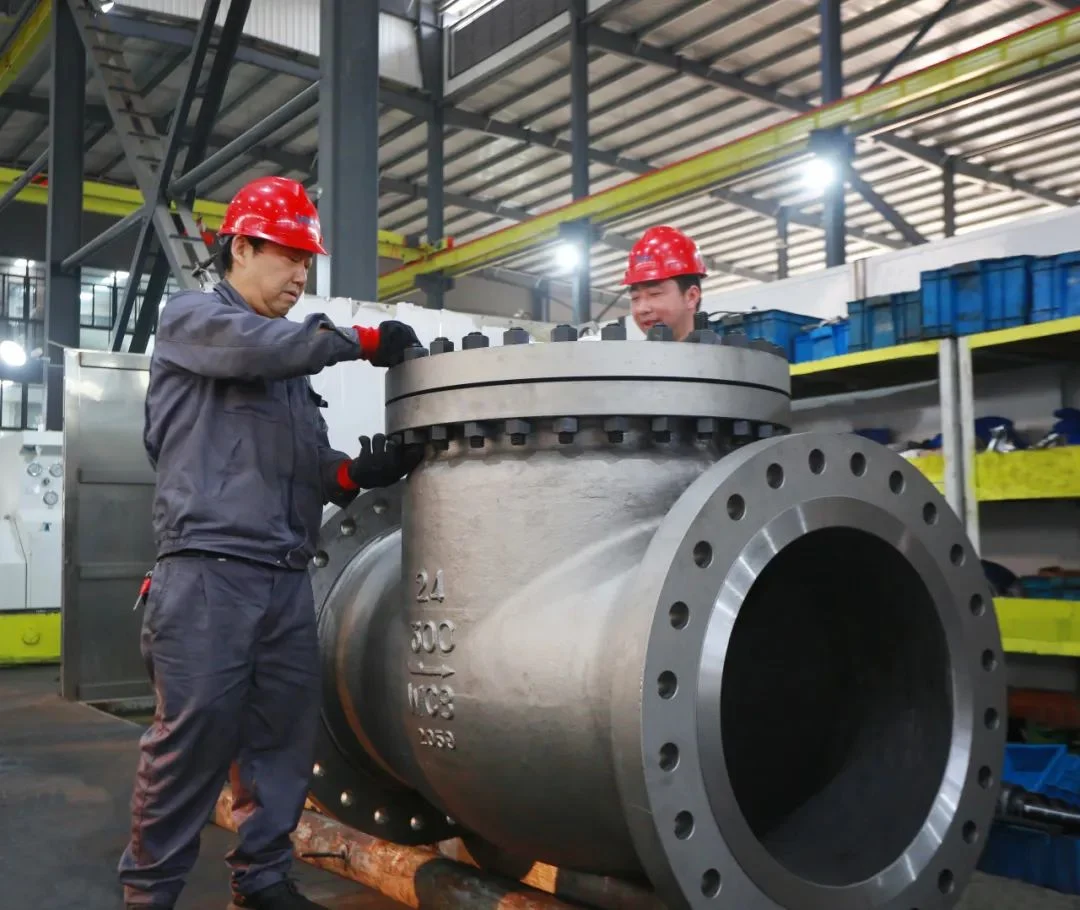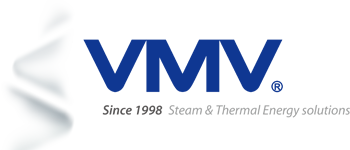
Valves come in many varieties, each playing an important role in different fields. To ensure optimal efficiency and long-term performance, valve designers strive for excellence. So, what factors should be considered in valve design? Let’s explore them in detail.
Factors to Consider in Valve Design
Valve design is a comprehensive project that requires balancing functionality, safety, economy, and environmental adaptability. Therefore, there are many factors and requirements to consider when designing a valve.
I. Core Functions and Performance Requirements
1. Fluid Characteristics
- Type: Gas, liquid, slurry, powder, flammability, explosiveness, toxicity, or corrosiveness.
- Chemical Properties: Acidity, alkalinity, and corrosiveness (critical for material selection).
- Physical Properties: Temperature, pressure, density, viscosity, and whether a valve is prone to crystallization or contains solid particles.
2. Flow Characteristics and Pressure Control
- Flow Requirements: The valve’s flow capacity when fully open is directly related to the system’s required flow rate.
- Pressure Drop: The pressure loss caused by fluid flowing through the valve must be controlled within the system’s acceptable range.
- Closure Tightness: The level of internal leakage allowed when the valve is fully closed. This is a key indicator of valve performance.
3. Operational Requirements
- Operation Mode: Manual or Automatic.
- Frequency of Operation: Whether the valve is frequently opened and closed or remains at a fixed opening for a long period of time.
- Response Time: For automatic valves, the time required from receiving a signal to completing an action.
- Fail-Safe Position: In the event of a power failure, the valve should be in the open, closed, or held in position to ensure system safety.
II. Structural Design and Material Selection
1. Valve Type Selection
- Select the most appropriate structure based on the function: gate valve, globe valve, ball valve, butterfly valve, plug valve, diaphragm valve, check valve, safety valve, etc. Each type has its advantages and disadvantages and applicable scenarios.
2. Pressure and Temperature Ratings
- Pressure: Determine the valve’s pressure rating based on the system’s maximum operating pressure, surge pressure, and test pressure.
- Temperature: The operating temperature range determines the material selection, the type of sealing material, and any necessary heat dissipation or insulation measures.
3. End Connection Type
- Flange, wafer, threaded, welded, clamp, etc. The selection must match the piping system.
4. Material Selection
- Valve Body/Bonnet Material: Cast iron, cast steel, stainless steel, alloy steel, plastic, ceramic, etc. The selection depends on the pressure, temperature, and corrosiveness of the media.
- Trim Material: The material of key contact parts such as the valve seat, disc, and stem is generally required to be more corrosion- and wear-resistant than the valve body material.
- Seal Material: Soft seal or metal seal. The selection depends on temperature, media compatibility, and sealing requirements.
5. Structural Strength and Rigidity
- The valve must be able to withstand internal media pressure and external piping loads to prevent deformation that could cause leakage or operational failure.
III. Safety and Reliability
Pressure Integrity: The valve body must withstand a hydrostatic pressure test of 1.5 times the rated pressure without rupture or permanent deformation.
Fire Safety: For flammable media applications, valves must be designed to maintain a certain degree of sealing through metal-to-metal contact even after the soft seal has burned out in a fire.
Anti-static Design: For ball and butterfly valves, ensure electrical conductivity between the ball/disc and the valve body to prevent static electricity buildup and sparks.
Fluid Erosion and Cavitation Resistance: For high-velocity or high-pressure differential fluids, design appropriate flow paths and use hardened materials to prevent damage to components from rapid erosion or cavitation.
External Leakage Prevention:
- Stem Seal: Use a high-quality stuffing box or bellows seal (for demanding applications requiring absolute zero leakage).
- Center Flange Seal: The choice of gasket type (spiral gasket, metal ring gasket) is crucial.
IV. Operation and Maintainability
Operating Torque/Force: Especially in applications with high differential pressures or large diameters, manual valves should be easy to operate, and automatic actuators should have sufficient output force.
Indication Function: Clearly displays whether the valve is in the open, closed, or intermediate position.
Maintenance Ease:
- Modular Design: Easy replacement of internal valve seats, seals, and other wearing parts.
- Online Repair: Some designs allow internal parts to be replaced without removing the valve from the pipeline.
Spare Parts Availability: Standardized design ensures easy access to wearing parts.
V. Standards and Regulations
International Standards: API, ASME, ISO, EN, MSS SP, ANSI, etc.
Industry-Specific Standards: Industries such as oil and gas, chemicals, nuclear power, marine, and water treatment have their own specific requirements.
Safety and Environmental Regulations: Such as low-leakage standards (ISO 15848-1, TA-Luft).
VI. Economic Efficiency and Lifecycle Cost
Manufacturing Cost: Material cost, processing complexity, and assembly difficulty.
Procurement Cost: Initial purchase price.
Operating costs: These include energy consumption (pumping costs due to pressure loss), maintenance costs, and downtime costs.
In short, valve design is a systematic process that seeks the optimal balance between multiple factors. Designers must balance and optimize multiple dimensions, including functionality, performance, safety, reliability, and cost, ultimately designing a valve product that best suits specific operating conditions and application requirements. If you are still looking for high-quality valves, please contact us. Newton offers a comprehensive service process, including on-site inspection, solution design, intelligent manufacturing of a full range of products, and installation, to ensure a flawless user experience.

